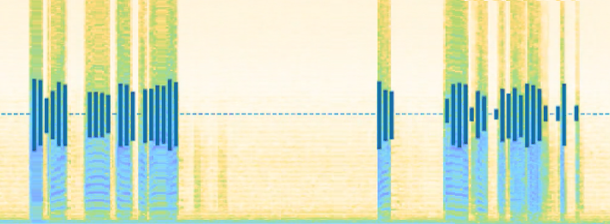WolframMachine LearningA CORE PART OF
WOLFRAM LANGUAGE

Machine Learning & Neural Networks.
From production-grade classic machine learning to modern artificial intelligence, with deep integration with statistical analysis, visualization, image processing and more to build intelligent systems.
Classification
Immediately use pre-trained classifiers or build your own to classify any data, including text, images, arrays, audio and video, into a finite number of categories. Examples include identifying plant leaves, bird calls or human actions. Available methods range from logistic regression, random forest and support vector machines to neural networks.
Regression
Forecast prices or predict treatment effects or crop yields: use regression analysis everywhere to predict a value from a set of variables, including numbers, arrays, images and text. Use powerful feature extraction from any data type and then let automation select the best model and parameters, or customize with full control.

Cluster Analysis
Group together different objects based on their similarity, without prior knowledge, with unsupervised classification. Clustering can be used to categorize customer types, animal taxonomies and many more groups. Different methods, including k-means, spectral and hierarchical clustering, are supported.

Dimensionality Reduction
Represent any data in a low-dimensional space to visualize complex datasets with several features (including non-numerical ones) and perform data compression or even unsupervised feature selection. A variety of methods like principal components, isometric mapping, T-SNE and UMAP allows modeling both linear and nonlinear structures.

Anomaly Detection
Detect extreme, novel or unusual values. Flag anomalies directly on a dataset, build a reusable anomaly detector or start from a distribution built from any type of data. Applications range from fault detection to performance monitoring, quality assessment, novelty detection and more.

Missing Data Imputation
Fill the missing values in your dataset with synthetic data generation. Data missing because of equipment malfunctions, corrupted files or incomplete data entry can introduce significant biases in model training or even make the training impossible. Impute missing values automatically or using a given distribution.

Neural Networks
Is the rainforest healthy? Is there a tumor in this MRI scan? How do you say "cat" in French? Use neural networks to answer these previously hard questions with a simple but flexible framework. Import pre-trained models, adapt models to new problems by retraining them or train a network from scratch.

Natural Language Processing
Find the answer to a question in a piece of text, tag every mention of a specific concept or analyze the syntactical structure of a sentence. Natural language processing is a key ingredient in fields like data mining, market research and customer support.

Computer Vision
Efficiently and accurately find and recognize objects, text, faces and more in images, or perform advanced segmentation, stylization and much more using machine learning and neural network models. Solutions are used everywhere from driver assistance systems to automated quality control, security, medical and other applications.

Speech Computation
Analyze and process speech signals to detect voiced intervals, perform speech recognition, identify speakers or even change the speaker pitch. Use machine learning together with audio processing, statistical analysis and visualization to enable easy and highly efficient speech computation.

Wolfram Machine Learning Documentation
Wolfram Machine Learning is an integrated part of Wolfram Language. The full system contains over 6,000 built-in functions covering all areas of computation—all carefully integrated so they work perfectly together.

 Wolfram Language
Wolfram LanguageFull Scope & Documentation












